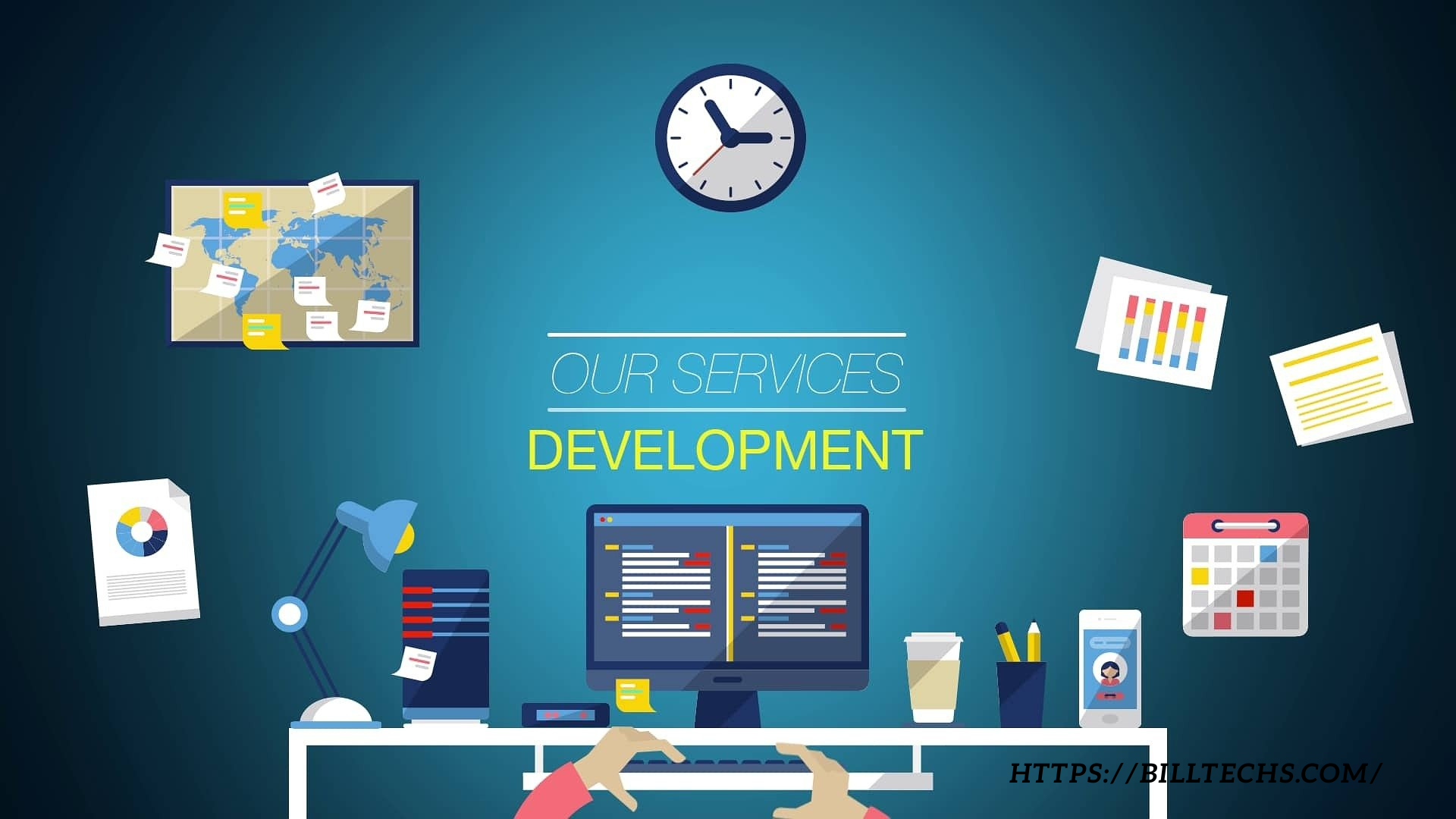Python Development:
Python a versatile and powerful programming language has earned its place as one of the most widely used languages in software development today. With its clean syntax readability and vast Ecosystem of libraries and frameworks Python has become the go-to language for beginners and experienced developers alike. This article explores Python development its evolution applications and why it continues to dominate the programming world.
The Rise of Python:
Python was created by Guido van Rossum in the late 1980s and its first version was released in 1991. It was designed with an emphasis on simplicity and readability which makes it an excellent choice for both beginners and professional developers. Over time Python has evolved to become a multi-purpose language that supports multiple programming paradigms including procedural object-oriented and functional programming.
Key Features of Python
Readability and Simplicity Python’s
Syntax is easy to understand making it an ideal language for those new to programming. The language’s simple syntax means that developers can focus on solving problems rather than spending time deciphering complex code.
Cross-Platform Compatibility Python
Is platform-independent which means that code written in Python can run on various operating systems including Windows macOS and Linux without modification. This cross-platform capability is vital for developers who want to create applications that work across different environments.
Community Support Python
Has a massive and vibrant community of developers who contribute to the language’s growth. The Python Software Foundation (PSF) plays a crucial role in maintaining and developing the language ensuring its continuous improvement. This large community means that developers can easily find resources tutorials forums and open-source projects that can help them with their coding tasks.
Dynamic Typing and Interpreted Nature Python
Is dynamically typed which means variables don’t need explicit declarations. This flexibility makes it easier for developers to write code quickly though it may introduce some errors that are harder to catch at compile-time. Additionally Python is an interpreted language meaning the code is executed line by line rather than being compiled into machine code. This feature speeds up the development process but may impact performance in certain cases.
Popular Applications of Python
Python is used in a wide variety of fields from web development to data analysis and artificial intelligence. Below are some of the key areas where Python shines.
Web Development Python
has a strong presence in web development thanks to frameworks like Django Flask and Pyramid. These frameworks provide developers with the tools they need to build scalable secure and dynamic web applications. Django for example is known for its “batteries-included” approach offering a wide range of built-in features for rapid development.
Automation and Scripting Python
Is an excellent choice for automating repetitive tasks such as file management web scraping or data extraction. With just a few lines of Python code developers can write scripts that perform complex tasks automatically saving time and effort.
Cybersecurity Python
Has gained significant traction in the cybersecurity field. It is widely used for penetration testing building security tools and performing network analysis. The ease with which Python can be integrated with other systems and its rich ecosystem of libraries make it ideal for cybersecurity professionals.
Version Control:
Version control systems like Git are widely used in Python development. Git helps developers manage changes to their code collaborate with others and maintain different versions of their projects.
Deployment Python:
Applications are typically deployed using containers like Docker or through cloud platforms like AWS Google Cloud and Microsoft Azure. These platforms provide scalability security and ease of management for Python-based applications.
Jobs for Python developers range from web developers and data analysts to machine learning engineers and automation specialists. With the rise of fields like artificial intelligence and data science Python is positioned to remain a dominant language for the foreseeable future.
The Future of Python Development
Python’s future looks bright as it continues to evolve and grow. The language’s community remains active in improving its performance introducing new features and keeping up with modern programming trends. The recent release of Python 3.9 and ongoing updates demonstrate Python’s commitment to staying relevant in an ever-changing tech landscape.
The growing demand for AI machine learning and data science applications will only further cement Python’s role in shaping the future of technology. Additionally Python’s ease of use and extensive support for various domains will continue to attract new developers into the ecosystem.
Conclusion
Python development offers a blend of simplicity versatility and power making it an ideal choice for a wide range of applications. From web development and data science to automation and IoT Python has proven itself as a reliable and dynamic programming language. Its strong community vast libraries and ease of learning ensure that Python will remain one of the top choices for developers worldwide. Whether you’re a beginner looking to learn to code or an experienced developer building complex applications Python is a language worth mastering.
